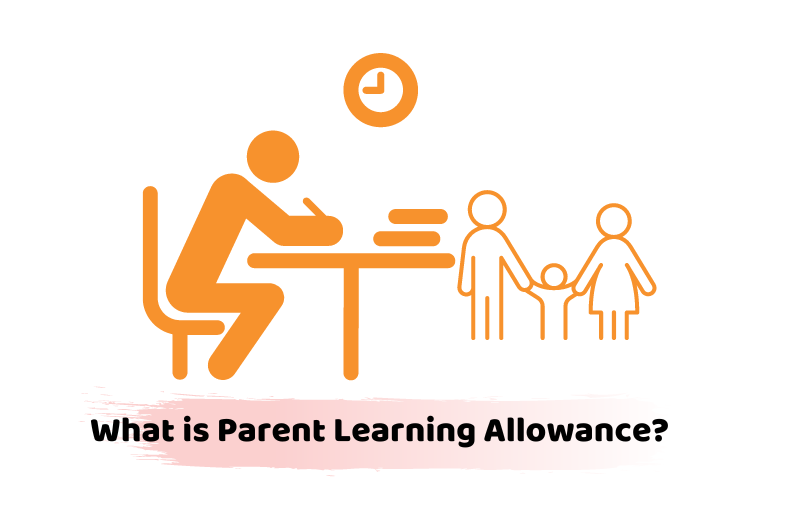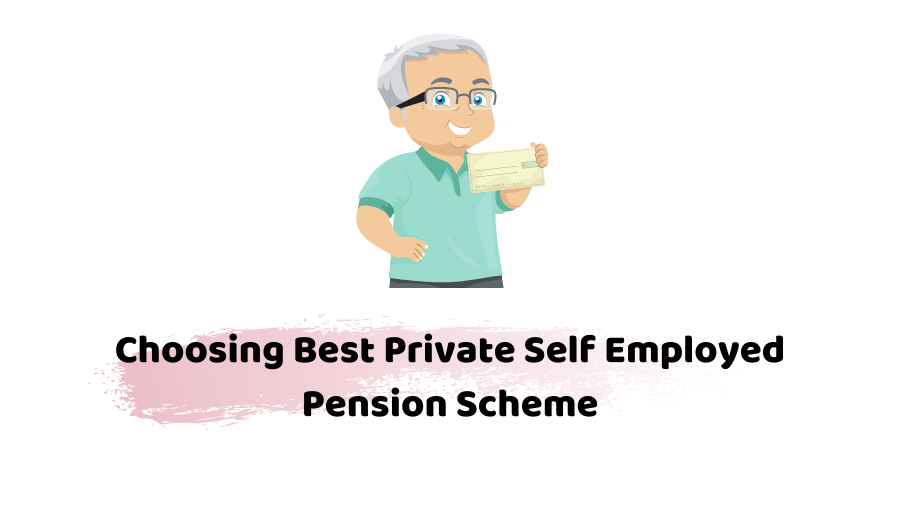If you are self-employed, you are amongst the five million people representing 15% of the UK’s workforce. However, only 31% are preparing for their retirement by saving for pensions. Therefore, it is crucial to consider self-employed pension schemes to secure your future. Though as self-employed, it’s a bit challenging for you to save for your retirement because of the difficulties of choosing a pension scheme, facing irregular income patterns and there is no one to contribute for you. In this blog article, we will guide you for that.
Now, you might be thinking about a State pension that can help you to some extent, but you can’t rely just on it. With a State Pension of £175.20 per week (£9110 per year), you can’t maintain a standard of living for your future. Hence, you need to go for private pensions also known as personal pensions to live happily after retirement.
What is a Private Pension?
It is a pension that you arrange yourself. It helps you to save money for your retirement based on what you paid to your pension provider. This pension is provided at the time of your retirement based on what you invested, how your investment has performed, and when have you decided to receive your investment back.
Curious to know the tax reliefs on private pension schemes. Let’s dig into it!
Tax Reliefs for Self Employed on Private Pensions:
Like regular employees, you can’t get a workforce pension. Yet, you can avail of tax relief automatically from your pension provider. In 2021, you can avail of tax reliefs on your pension contributions up to 100% of your salary or £40,000. Plus, you get top-ups of 25% which means that if you pay £75 into your pension, HMRC will add another £25, making a total pension contribution of £100.
Higher-level taxpayers can claim an extra of 25% and additional level taxpayers can claim an extra of 31% by their Self-Assessment tax returns.
Not getting tax reliefs on pensions because of ticklish legalities, let us know to get help!
Type of Private Pension:
These are the three main types of private self employed pensions:
1. Normal Personal Pensions:
This pension is offered by many pension providers to fund investors. Its charges may vary as per your pension-providing agency.
2. Stakeholder Personal Pensions:
This pension is suitable for those who can’t afford to pay much for pensions. It is an easier and flexible type of private pension.
3. Self-invested personal pensions (SIPPs):
SIPPs work similarly to standard personal pensions, having a wide range of investment opportunities for individuals. It is intended for those who make their own investment decisions. Normally, these pensions charge more than others.
If you’re unable to decide a pension scheme, let our accountants do it on your behalf!
Choosing Best Self Employed Pension Scheme:
Normally the latest private pension schemes are cheap, flexible, and provide different grounds for investment. After deciding your pension type, consider the following points:
- Choice of Fund:
Is your pension agency providing you the fund choice to select as per your risks and investment objectives?
- Pension Charges:
Consider pension charges as they can consume your investment at the time of retirement. An ideal pension provider may charge below 1%.
- Pension Contributions:
You should know before finalizing your pension scheme that how much you are going to contribute for your pension and how frequently you’ll do it. You should also consider that does your provider allows you to make lump-sum/installment contributions or not.
How we can help you?
With hundreds of self employed pension schemes offering multiple services, it is difficult to choose the most suitable one that fits your need. It is always advisable to take financial advice from an expert. As many types of research (including research by the International Longevity Centre) have shown that those who take financial advice do better than others. In addition, you get mental relaxation that you have selected the right pension provider for a bright future.
Do Contact our financial advisors for further guidance!
Disclaimer: Remember, on every investment, there lies a risk factor. This blog is just for general information. It should not be considered expert financial advice.





















































